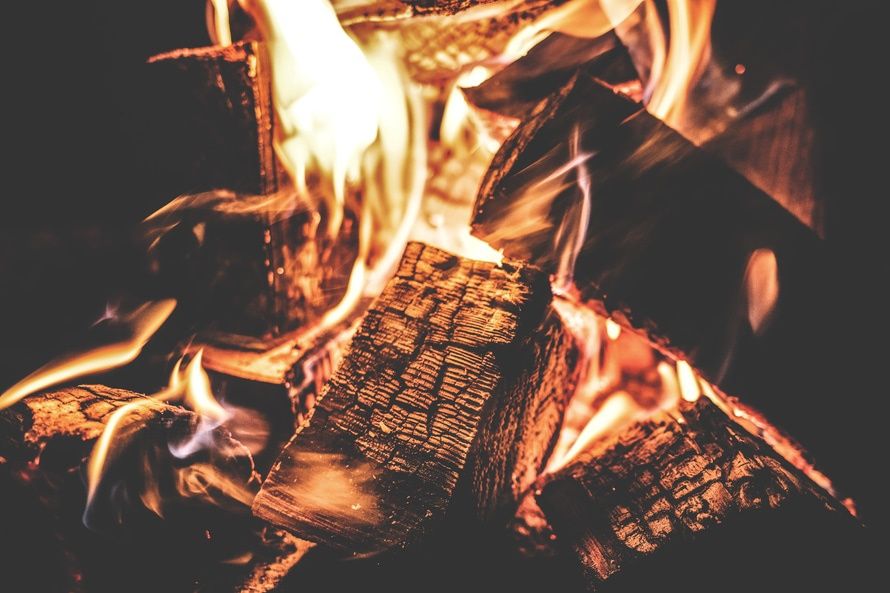So you just kind of go out and walk, right?
Well, yes and no. Hiking may sometimes just come down to putting one foot in front of the other, but wilderness hiking can be far different than a walk around the local park. Not that this is a bad thing; you may need to take some time tackling smaller challenges and testing out gear before moving on to something major. In fact, accurately assessing your own physical capabilities is a big part of enjoying your hike. You want to challenge yourself; after all, hiking is a great way to start getting fit.
The good news about hiking is that getting into it is not as arduous or expensive as camping or backpacking. As far as gear is concerned, all you will need to start out is a solid pair of hiking boots, a backpack, and the basics. This can include food, water, and sunscreen depending on the length, time, and location or your hike. That said, footwear is definitely a consideration to not take lightly.
Most light day hikes can be done in sneakers if the trip isn’t particularly strenuous. Still, investing in boots is great for a frequent hiker, as they provide good support for individuals walking through rough terrain. Oh, and don’t skimp on price. Oddly enough, it may cost more to buy cheap boots if you end up having to replace them before a quality pair. While basic camping supplies can be bought inexpensively at box stores if you’re savvy, I recommend making the investment into good boots and other quality gear that you believe you’ll be using on multiple occasions. Author Terry Pratchett has even discussed the disparity in price in his novels.
When it comes to other clothing, it pays to be smart as well. The first tenet of dressing for a hike: don’t wear jeans. While they are sturdy and make for good clothing, they’re heavy and hot under the best of circumstances, and woe betides you if it rains and your jeans become wet. They’re slow to dry and even heavier then, so leave them at home. They can even cause hypothermia in colder months due to the amount of water retention. Invest in a pair of canvas or nylon pants, if you haven’t already. I’m a firm believer in having dedicated “hiking pants” that can also be used for other functions such as housework.
Dressing in layers is crucial. It’s always better to overestimate than underestimate, especially if you have a backpack to store excess clothing. Layers should include, at the very least, an inner layer made of synthetic material and a fleece jacket on the outside, with the possible exception of summer hikes. Ensure that all of your clothing fits tightly yet comfortably, to minimize chafing. This is also a consideration for footwear. You should be wearing socks that are longer than your boots, and applying vaseline can save you pain during a hike.
When planning your hikes, remember that the process is a marathon, not a sprint. Well, it’s really neither of those things, but starting slow and working your way up is important to understand your limits. Track the distance and elevation of each hike you take and use that information to scale up as you go along. And remember, you’re not married to your trips! If weather predictions are bad, don’t be afraid to try again another time, even if your gear is well-rated for bad weather.
And remember that hiking is a social experience! Find friends that are similarly interested in work with them to get fit, appreciate nature, and have a good time. If the initial few hikes go well, multi-day trips are always an option. This, of course, may require further planning and time but can be a great part of naturally evolving your hiking experiences.
With something as deceptively simple as hiking, it can be easy to forget that there’s a lot that goes into even simple trips. Know what you’re looking to get out of your forays into nature and you’ll appreciate the time outside so much more.
